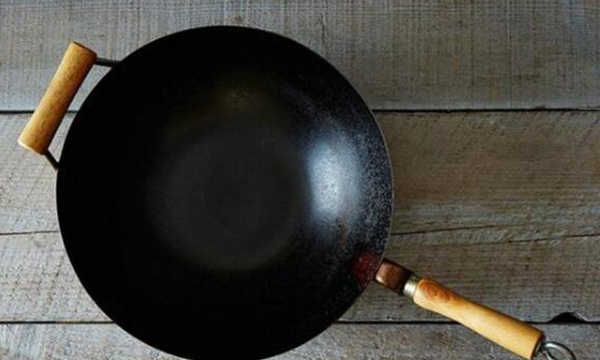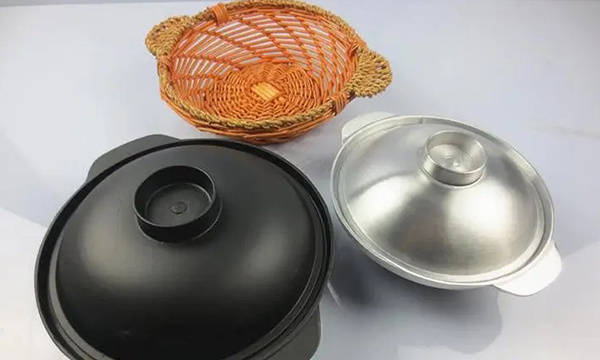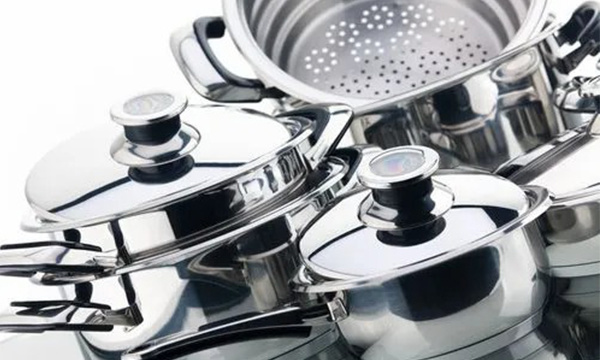
News Center
Special cold knowledge! Physicists finally figured out why food sticks to the frying pan
Release time: 2023-07-10
Why does the cooking oil sometimes suddenly withdraw from the center of the pan when frying food, leaving dry spots, causing the food to stick to the pan? Scientists have identified the physical reasons behind this-their findings may help improve certain industrial processes.
Scientists from the Czech Academy of Sciences recently used an overhead video camera to record an experiment: the camera focused on a commercial non-stick pan with a layer of 1.5 mm thick pine flower oil. They found that uneven heating leads to a process called "thermocapillary convection"; this process can attract oil to the edge of the pan.
In their test, the oil heats up faster in the center of the pot. As the temperature increases, the surface tension of the liquid tends to decrease-this leads to a gradient in the surface tension of the entire pot. The greater the tension applied to the edges, the less viscous oil at the center pulls outwards and deforms the surface of the layer.
At this point, the thinner part may crack and leave a dry spot.
The research team found that beyond a critical size, the oil holes cannot heal. For each liquid, this critical point is different due to different temperatures; but when the curved upper surface of the liquid ruptures and loses surface tension due to the pulling force of the outer edge of the disk, it will exceed this critical point.
Any hole larger than the critical size will grow up quickly. In their experiment, the edge of the dry spot was measured to recede from the center of the plaque at a speed of 5.5 centimeters per second.
Researchers said that it is now clear why food sticks to the center of the pan; but with a few steps, it can be avoided during cooking. Increasing the thickness of the oil will help prevent it from reaching a very thin level; using a pot with a larger bottom will help the heat spread more evenly and prevent temperature gradients. If the recipe allows it, using medium heat can also help, and stirring the food regularly can also help.
The same discovery also has important applications in industry-because the thin flow of liquids on solid surfaces is critical to many processes in the food, chemical, and pharmaceutical sectors.
Related news
2023-07-10
What are the advantages of aluminum pots
Aluminum pots have the advantages of lightweight, durable, fast heating, uniform heat conduction, and non rusting.
2023-07-10
The aluminum pot is lightweight, durable, fast to heat, evenly conducts heat, and does not rust. It is understood that there are mainly two types of aluminum products: refined aluminum (soft aluminum) products and cast aluminum (hard aluminum) products, made of aluminum and aluminum alloys.




